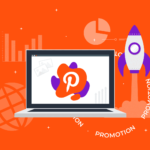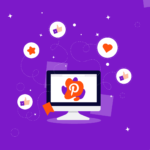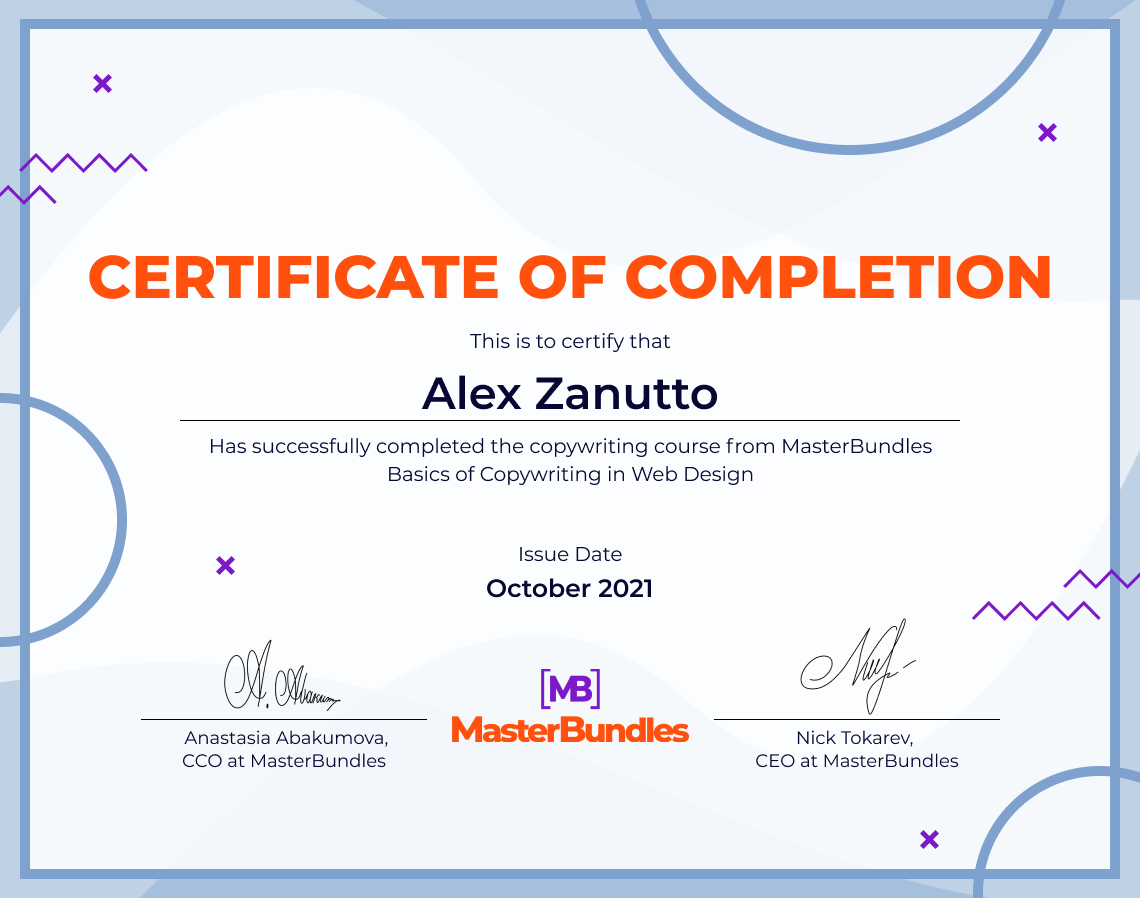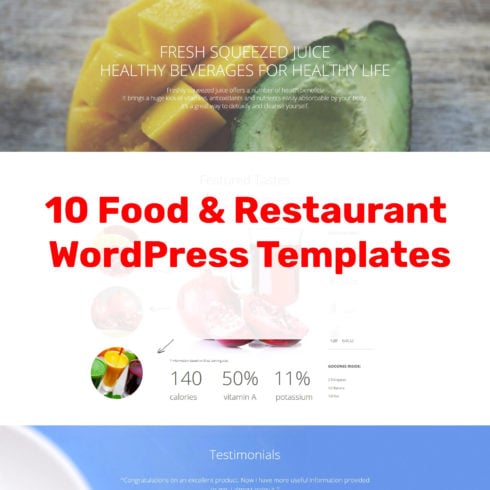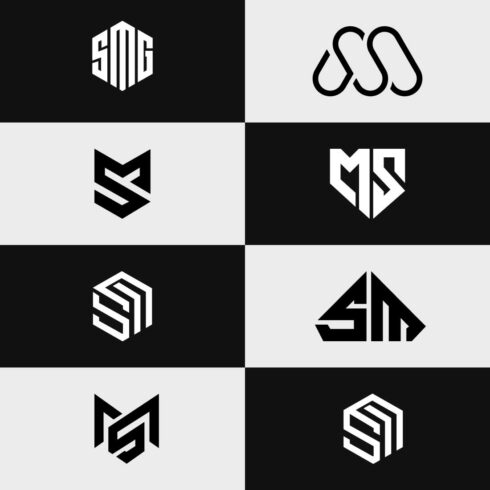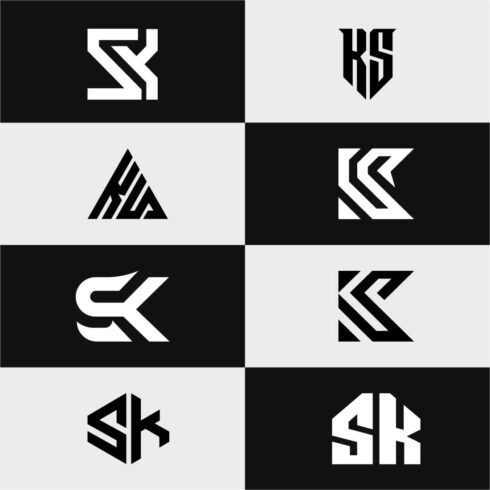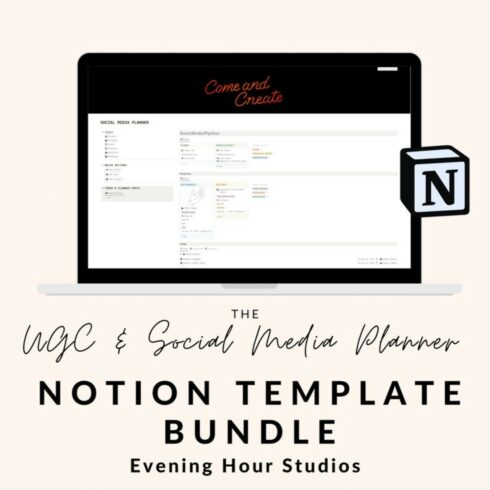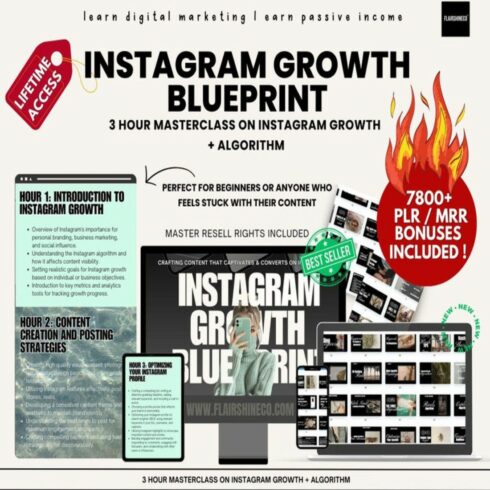How to Promote Your Designs on Social Media: Facebook, Twitter, Instagram
Social networking and graphic design promotion for designers can be overwhelming. Luckily, the friendly gang at MasterBundles has got your back as always!
Let’s start with an overview of what you need to do in order to be recognized as a graphic designer on social media.
By the way, you can also download a free checklist so you don’t lose any information 🙂
How to Create a Social Media Promotion Strategy
You need a well-constructed strategy that will allow you to share your design work and stay productive at the same time. We have a great article here that goes deep into how to promote yourself.
- Choose goals that align with your design business. What service do you provide as a graphic designer? Choose a niche and create content about the product you sell. Being all over the place and sending conflicting messages will hurt you in both the short and long run.
- Research your audience. Who do you want to sell to? Who are your current customers? Pick the most successful jobs and analyze the clients, then start targeting similar profiles. If you use ads, lookalike audiences on Facebook can give you great leads.
- Study the competition. Which graphic designers are working in your same space? What are they doing that is working? Take inspiration from the best graphic design promotion from your competitors. Any time you use a concept that is similar to a competitor, give it a personal spin and make it yours. Nobody likes a copycat.
- Social Media audit, anyone? Chances are you are or have been active on a social network. Revisit your posts and see what engaged your followers and what didn’t. That is a good starting point to create new concepts. Sprout Social has a free audit template that you can use, and a good tutorial about it.
- Use only as many platforms as you can handle. Time is very finite. You need to promote, but you also need to design. Start with one or two profiles (the ones you think are most relevant to your business), then expand if you have the time and resources. It’s better to have one well-kept and engaging profile than six boring ones. Make sure you know each platform like the back of your hand, so you are not overwhelmed.
- Watch the big boys. Follow graphic designers that are doing it right, but only if you like them. Inspiration is everything for a designer. Keep track of the work of others even if they operate in different sectors. You never know when your brain will make a connection that will generate a brilliant idea.
- Set goals and plan. A social network campaign is called that because it needs an objective. Think about what you want your audience to see and understand. Once you have done that, design concepts that will help you reach your goals. Lastly, place those concepts in a calendar and stick to it. Consistency is way more important than quantity. Hootsuite has a great post on how to create a calendar for your posts.
- Engagement is key. If you want to know how to promote yourself on social networks, compelling content is your answer. Every platform has different kinds of posts; you have to know each of them and exploit them. This is how it works: when you have developed your concepts, research all the post types available in your platform (e.g., on Instagram you have pictures, videos, reels, stories, etc.) and figure out how to fit that concept in each post type, then distribute them in your calendar. Repetition is the essence of memory, the more you repeat a message, the more people will remember it. If you need post ideas, this article will give you plenty of food for thought.
- Be data-centered. We understand that data may be a bit boring to you. Nonetheless, it’s the best way to lead successful campaigns and save time. Most platforms offer powerful dashboards to analyze your profile, from engagement to clicks. Master these tools, as they will save you a ton of time in the future! Also, analytics and insights will allow you to optimize your existing content instead of starting from scratch! If you are still unsure, we found Instagram, Facebook, and Twitter guides for you.
Well done for getting this far without running away screaming! You should have the gist of how to create a well-planned, compelling campaign. Let’s move on to specifics.
How to Use Facebook to Promote Designs
If you run a design business, having a Facebook page makes a ton of sense. Facebook Groups have largely substituted forums and communities, not to mention that Facebook Ads are the least expensive and often best way to create relevant paid leads (more on this later). The eternal question is the following: how on Earth do I increase my followers and my reach? Let’s cover a few of the things you should absolutely consider.
Post only relevant content. This is basic marketing (something you must muster if you want to be a successful designer): you have a business, hence post things that relate to it. It doesn’t have to be strictly about your product, but it must point back to it. Each and every time. Stop reading for a second and let this concept sink in.
Repetition is the key to good promotion and you achieve this by always posting content that is connected to what you do. Now add value to the mix; your followers should get something from your content, even if they don’t convert into a buyer. In other words, creating valuable content makes your followers trust you, so next time they need your service they’ll think of you first. Pretty neat trick, huh?
Be consistent. You don’t have to post every day, but you shouldn’t post sporadically either. Figure out a schedule that works for you and stick to it. Consistency and quality are more important than quantity. Chloe Smith explains why consistency must be a pivotal part of your plan in this brilliant article.
Leverage your network. Put together an email list of people you know that you think might be interested and pop them an informal message telling them that you are in business and you would like them to follow you. Ask them to share the email with friends that might be interested. Remember, word of mouth is a powerful weapon, which brings us to the next point…
Engage, engage, engage. Don’t just post, or reply to comments and messages. Talk to your followers like you talk to your friends. Try not to be ‘selly,’ but helpful. Also, don’t engage only on your page. Join Facebook Groups relevant to your design area, reply to questions, and be part of the conversation. At the end of the day, you are an expert in your field. If you can build a rep on a Facebook Group, followers will come a-flocking.
Beware of the other face of the coin. If you are spammy, inaccurate, or not helpful, it will hurt your credibility. This Social Media Examiner article teaches you all about Facebook Groups interactions and how to benefit from them.
Use Facebook Ads. This is often a thorn in one’s side, but the truth is simple: if it’s done the right way, it works like crazy.
First of all, you must set a budget. This article will help you choose the best budget for you. Second, you need really good assets. There are a bunch of Facebook Ads types (find them all here), but here is a good way to get going.
- Design a static image concept. It needs to be catchy, have your logo/brand, and communicate exactly what it is that you offer. Make it square, as most people will see it on mobile.
- From the static create a carousel. A carousel is a series of images that can either display multiple images of products or tell a story about your brand. We love the second approach: use the different images to tell the viewer why your service is the best and how they will benefit from it.
- Use the carousel as a storyboard to design a video. Videos convert way better than static images!
Facebook Ads are a complicated and fascinating subject that is difficult to cover in a few words. We recommend the following resources to learn how to master them:
- Facebook’s own resource center. Sometimes it’s a bit difficult to navigate, but it really has everything you need to know.
- If you would rather read, this tutorial is pretty cool.
- Andew Ethan Zeng’s video is a 30-minute tutorial that will really expose the world of Facebook Ads and how to create successful ones.
NEW Facebook Ads Tutorial for Beginners in 2022
An updated free Facebook Ads course and tutorial for 2022. Learn how to setup a profitable Facebook Ad from scratch for beginners, business owners and entrepreneurs in 2022 within 30 minutes. NEW Facebook Ads Tutorial for Beginners in 2022 – FULL FREE COURSE.
Now that Facebook is pretty much covered, let’s talk about the bird!
How Designers Can Benefit from Twitter
Sometimes Twitter can be a bit forgotten as a tool for graphic promotion, but you can use it a bit like all the other social networks to grow your brand and establish trust in you as a graphic designer.
Start by following relevant hashtags. Yeah, yeah… hashtags are still a big thing on Twitter. Follow as many as you can find that match your business, this will help you engage with relevant tweets. Again, reply only if you have something helpful to say. You are trying to build a brand here, not destroy your reputation.
Tweet consistently. Consistency is also key here, so set up a content calendar and stick to it. It’s better to have three tweets a week than have six in a day and then a void of silence.
Join communities. A bit like Facebook and Linkedin Groups, Communities are a place for like-minded people to meet on Twitter and share their views. Your tweets will be visible and shareable by everyone, but only members of the community will be able to reply.
Community tweets are distributed to the members, so they have more visibility and you know that the audience will be more engaged. It’s a double-edged knife though: you need to make those tweets interesting, you don’t want to shoot yourself in the foot. This is a good guide about Twitter Communities.
Which hashtags to use. Learning how to market your graphic design business involves also choosing the right hashtags. Unfortunately, hashtags are mutable and it’s difficult to pinpoint the right ones. Tools like this can tell you what’s trending on specific social networks. Try to use a mix of high-rating hashtags and specific ones. High rating hashtags give you more visibility, whereas specific ones will produce more engagement. There is one rule: use only hashtags that are relevant to the post.
Besides Facebook and Twitter, Pinterest is a great tool for designers. We have two awesome tutorials about how to maximize your gains from Pinterest here and here. Go check them out!
Is Instagram Good Enough to Promote Designs there?
Post relevant content that is valuable. Bored yet? We are sorry, but this is the single most important thing when it comes to social networks. On your graphic design business page you should post only content that leads back to what you offer. Make sure each post gives the viewer something (a tip, a piece of knowledge, or even just a laugh).
Use both feed posts and Stories. Post a good mix of static images, carousels, and videos. Make each post look professional and also make sure that your whole feed looks professional at first glance (e.g., if each of your posts contains your brand’s colors, your feed will look cohesive and awesome). Don’t forget about Stories! They are a great way to engage users. You could offer mini-tutorials about graphic design and give them even more value! When you have enough stories about a topic, collect them in Highlights, so they are available to everyone who drops by your profile.
Be friendly, not pushy. Reply to comments and engage with other profiles that share your sector. Remember that the key is to be helpful, not to push your product in the short time. CTAs are good for sponsored posts and ads, but try not to sound like a used cars salesman in your day-to-day activity!
Video is king. A Cisco study predicted that by 2021 80% of internet content would be videos. We don’t know whether we are there yet, but we do know that video engages more than any other medium. Designers can take advantage of this by creating tutorials, presenting themselves, showing their workflow to build trust, sharing tips and tricks to engage their audience, or creating a portfolio. The sky’s the limit here, so go nuts!
Repurpose popular Memes. This is a cool one that you don’t see very often in guides. Big brands are doing it and it works. Take a viral meme and change the text to fit your product or service. Don’t go overkill (for a graphic designer it is good fun to create memes…). Here is a guide from GitHub. This is a brilliant example by a travel agency:
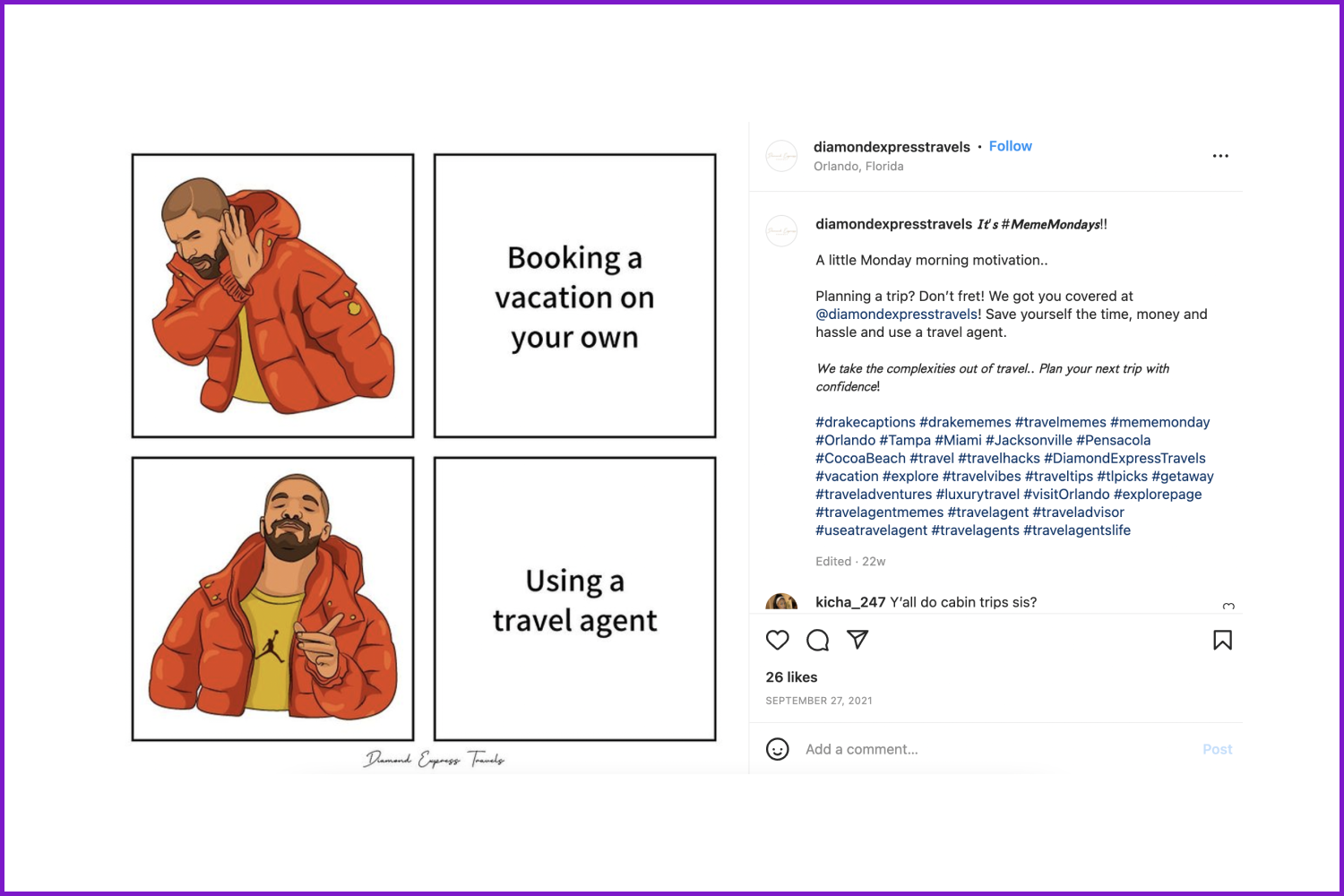
Follow the example of the great ones. Follow the people who’s profiles strike you as amazing and try to understand what they are doing that’s catching your attention, then reverse-engineer it and make it yours. We collected a few examples of our favorite Instagram profiles for your benefit:
- Steve Harrington’s profile is a great example of how sticking to a color palette can make your profile unskippable.
- Melsy’s Illustrations also sticks to one style, but some posts are pure illustration and others are more product-oriented.
- Neil A. Stevens is the graphic design example of “if it ain’t broken, don’t fix it.” Super consistent feed and awesome to look at. Notice he has only two highlights at the top of his profile that lead you straight to his product.
- David Shwen is the creative director for Pepsi. Keep an eye on his profile to get some inspiration; the guy is a genius.
- Erika Marinovich is a typography expert. Her Instafeed is packed full of great design ideas, and not only for fonts!
Article is reviewed

1. What promotion tips & tricks you can give the designers, who want to share their works on Instagram?
First off, I recommend starting a separate account to showcase your work. You can promote on your personal account as well, but a dedicated account will allow you to find your target audience easier. Second, treat it like a business. Come up with a posting schedule and stick to it. Consistency is key! You should be making a quality post at least 4-5 times per week. If you don’t have enough work to post that frequently, no problem. You can post about your process, things that inspire you, people that inspire you, etc.
While consistency is super important, another hack to make your account grow fast is aligning yourself with accounts similar to your own. Repost their work, comment on their posts, reply to their stories.
Eventually you will get to know these people and they will do these things for you in return without you even asking. Developing these relationships is one of the most important aspects of promoting your work on Instagram, but you don’t want to be pushy about it, otherwise you will turn people off.
2. What strategy do you stick to promote your works on Instagram?
The strategy above allowed me to grow my Instagram account to 10K followers in 1-2 years. If you do it correctly, major news outlets will reach out to YOU asking if they can feature your work. This is the ultimate strategy because it will get to a place where the account becomes its own little engine promoting your work day and night without you doing anything.
To be clear, you have to do the work upfront in order for this to happen, but it is possible for anyone with the strategies outlined above. In my case, I post about the book I designed only about 10 percent of the time. The rest is related imagery that helps me build up an audience.
The Bottom Line
Which platform is better? The answer is: any platform you know how to use, and have the time to maintain consistently. If you can use all three… great! If you don’t feel confident, start out with the one you know and like the best. You can always add more profiles in the future.
Want to go even deeper? This article will do great!
FAQ
How do I advertise my graphic design business on Facebook?
A Facebook business page is a must. Post consistently and share relevant content that gives your followers value. Also, be active in Groups, without being spammy.
Is Twitter good for designers?
It is! Just like any other platform, you need to be consistent, engage with followers and Communities, and be as helpful as possible. It will pay off in the long run!
How do graphic designers grow on Twitter?
You need to position yourself as an expert in your field. Make sure all content you share and interact with is relevant to what you do. It might take time, but followers will come as they see that you are awesome at what you do.
What should graphic designers post on Instagram?
Easy! Things that are relevant to the service they offer. Find a niche and produce content that is relevant to that niche. Also, use stories to share tips, tricks, and your workflow. This will show how knowledgeable and professional you are.
- How to conduct a speedy social media audit
- How to Create a Social Media Calendar: Tips and Templates
- 18 Types of Social Posts to Keep Your Followers Interested
- How to Use Instagram Insights (in 9 Easy Steps)
- How to use Facebook Insights?
- How to use Twitter Analytics
- Why Posting Consistently is Key to Social Media
- How to Drive Meaningful Interactions in Facebook Groups
- Minimum budgets and how to set up the right budget for your Facebook Campaigns
- Video vs. Image Ads: Why Videos Perform Better Than Images
- The Beginner’s Guide to Facebook Advertising
- Twitter Communities: How Marketers Can Leverage It in Their Strategy
- By 2021, 80% of the World’s Internet Traffic Will Be Video [Cisco Study]
- 13 Examples of Meme Marketing + 3 Best Practices to Follow
What are your concerns?
Thanks for your response!
Disclosure: MasterBundles website page may contain advertising materials that may lead to us receiving a commission fee if you purchase a product. However, this does not affect our opinion of the product in any way and we do not receive any bonuses for positive or negative ratings.



